Up to the 20th century, the Western world took little notice of Tibet, since only very few foreigners were admitted into Tibet. Nothing could change that, neither the dictionaries already in existence back then nor the interest in Tibetan scriptures primarily by Indologists and Buddhism experts. During the 1930s and 1940s, there were exceptions, among them in particular the Russian Andrej I. Vostrikov (1902–1937), the Brit Charles A. Bell (1870–1945) and the Italian Giuseppe Tucci (1894–1984). They all provided scholarly information also on non-canonical Tibetan literature.
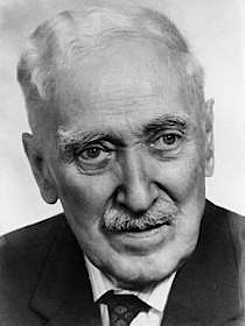
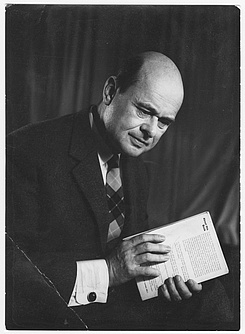
In the years after World War II, the situation changed radically. In 1959, the Dalai Lama and tens of thousands of Tibetans fled to India. They also brought along Tibetan texts on a large scale, all unknown until then. Now they were reprinted in India and also became accessible in the West. With the growing number of publications, the interest in Tibetan literature grew as well. Better than ever before, western researchers were able to cooperate with Tibetan scholars, and eventually Tibetology has been established as an academic discipline.
At that time, during the early 1950s, Tibetan research was also promoted in Munich. Sinologist and Mongolist Erich Haenisch (1880–1966) as well as Indologist and Iranist Helmut Hoffmann (1912–1992), who had also researched the Tibetan Bon religion, wanted to establish a solid foundation for the study of Tibetan language and culture. Both scholars were members of the Bayerische Akademie der Wissenschaften (Bavarian Academy of Sciences and Humanities), and on their initiative the Kommission für zentralasiatische Studien was established in 1954.
The essential objective of this Committee was the research of Tibetan vocabulary. Details of these early days and of of the Munich dictionary’s history can be found in the introduction of the dictionary’s first fascicle. Here it should just be noted, that even back then it was already the objective to provide the dictionary entries with references from the original literature. The production of excerpts from canonical scriptures started as early as 1954.
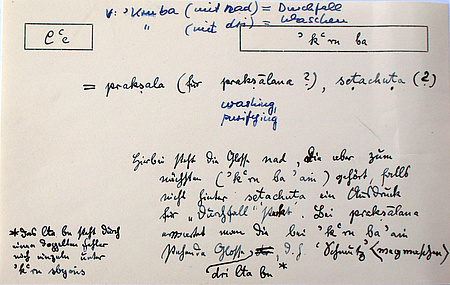
During the early years, contributors to the project were mostly volunteers. It was only in 1959 that the Committee had a room for itself and a small budget that allowed, together with additional funding, to hire experts on the base of work contracts. In 1964, Helga Uebach, whose doctoral thesis in Munich was supervised by Hoffmann, was entrusted with working for the project. Jampa L. Panglung, who had come to Munich as Tibetan scholar and lama and who did his doctoral thesis with the Ludwig-Maximilians-Universität as well, worked closely together with Helga Uebach in systematically researching the Tibetan vocabulary.
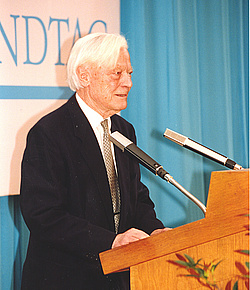
When Helmut Hoffmann moved to the United States in the late 1960s, Herbert Franke (1914–2011), Professor for East-Asian Culture and linguistics, took on the chair of the Committee. During his tenure, the Committee, funded until then by endowments, was appointed two permanent posts. During the following three decades, the two project employees, Helga Uebach and Jampa L. Panglung, were able to systematically complete the lexicographical collection. Colleagues from home and abroad were won to support the Munich project with their contributions. In 1980 the Akademienverbund included the Wörterbuch der tibetischen Schriftsprache in its programme, thereby providing security for the project. After the two colleagues retired, succeeded Johannes Schneider in 2003 and Petra Maurer in 2005; Nikolai Solmsdorf and Samyo Rode have been contributing to the project as student assistants since 2005 and 2010 respectively. Since 2014 and 2013 respectively, they also work as research fellows for the project.
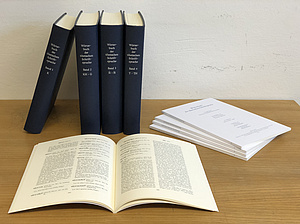
Especially for the project, Oliver von Criegern of the Academy’s IT department developed a database-supported browser-based editing system. It effectively supports the four researchers in their joint effort to create the Wörterbuch der tibetischen Schriftsprache.
The publication of the Wörterbuch der tibetischen Schriftsprache has been started in 2005. Since 2020, the dictionary’s contents are also successively made accessible online. The project is supposed to be concluded in 2030.
